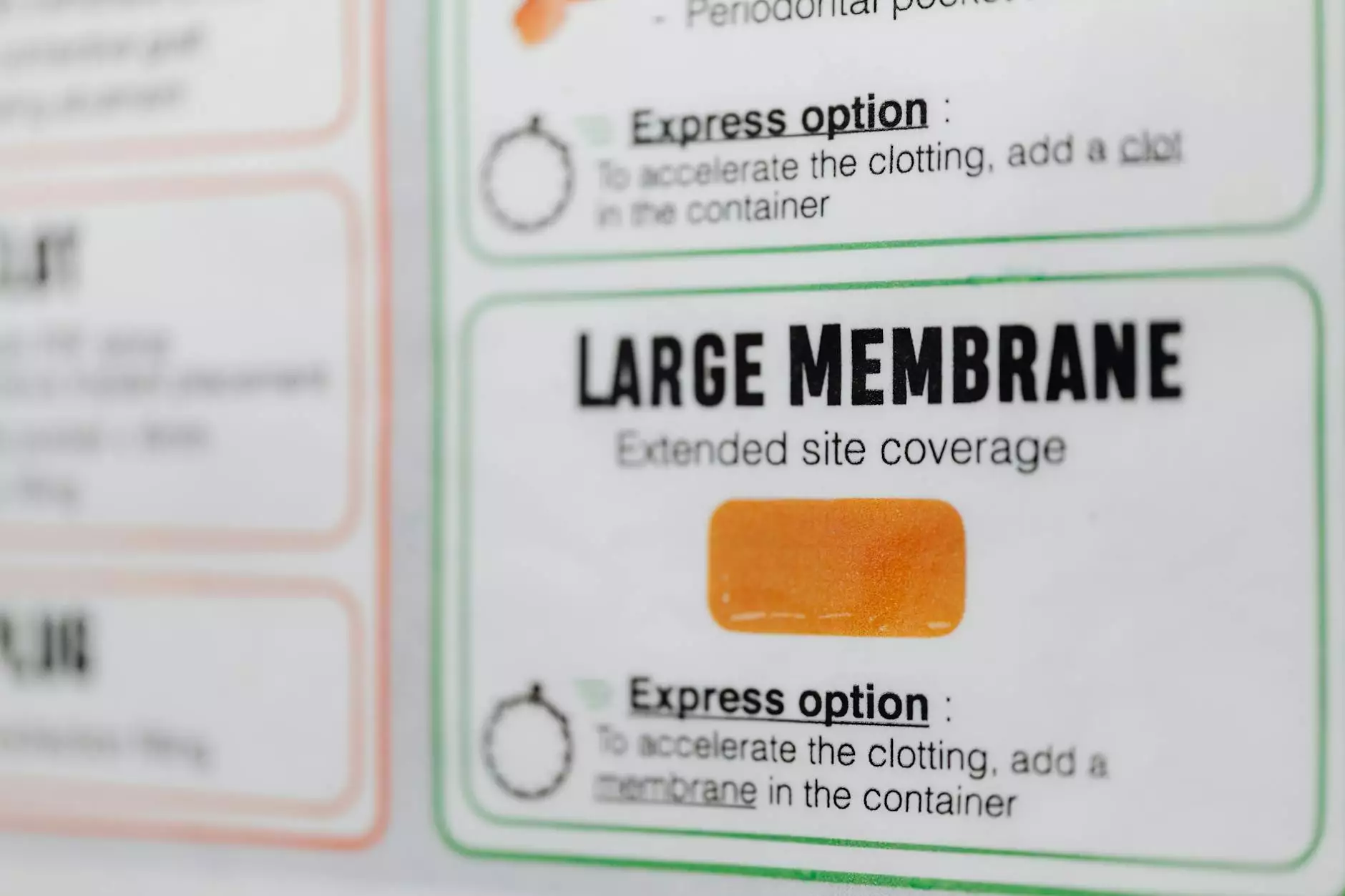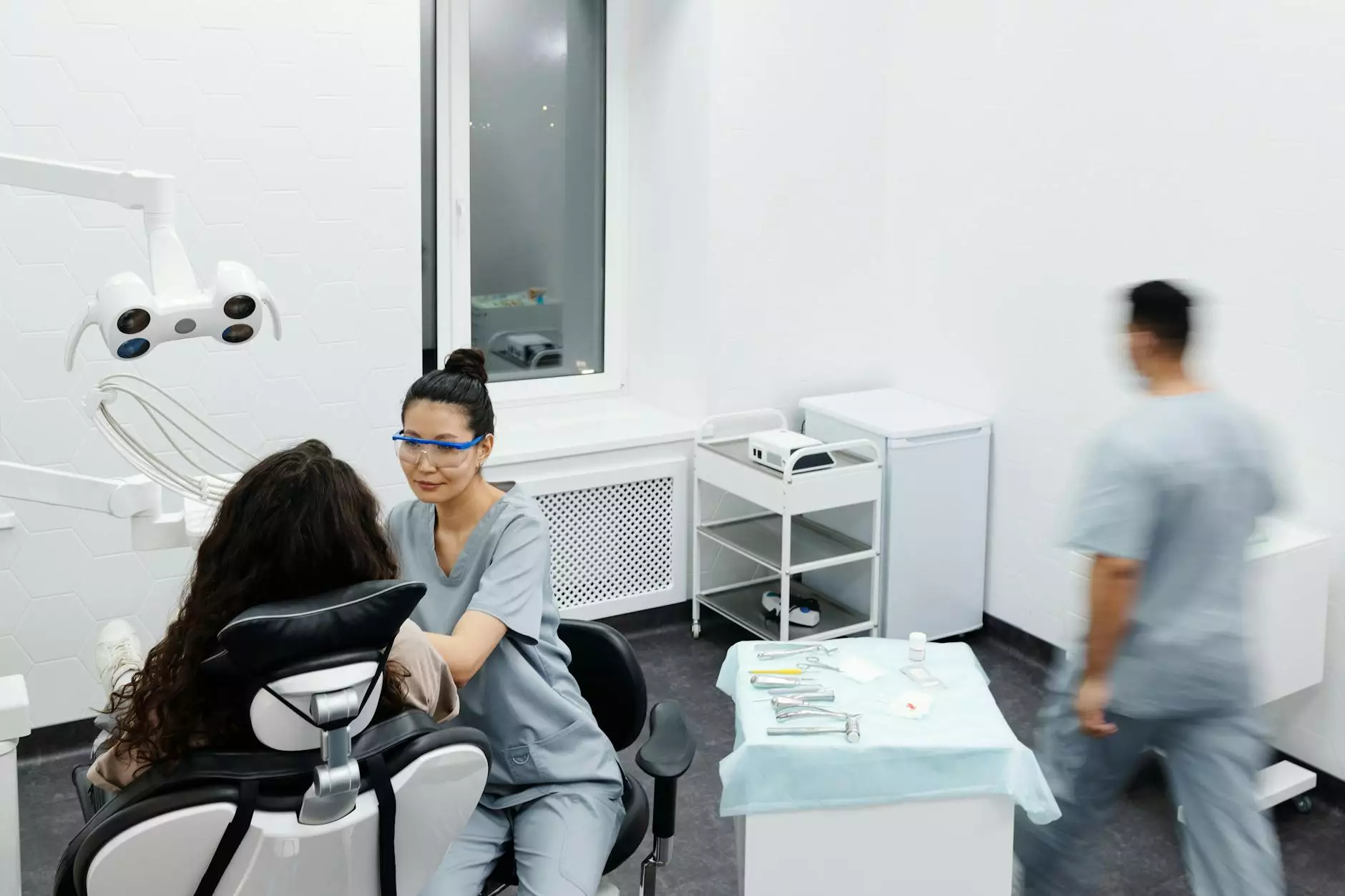Understanding Blood Clots in the Leg: An In-Depth Guide

What Is a Blood Clot?
A blood clot is a mass of blood that has changed from a liquid to a gel-like or solid state. While clots can occur in any part of the body, blood clots in the leg, also known as deep vein thrombosis (DVT), are particularly concerning because they can lead to serious complications.
What Does a Blood Clot in Your Leg Look Like?
Recognizing the visual signs of a blood clot in your leg is crucial. Here are some key characteristics:
- Swelling: One of the primary indicators of a blood clot is swelling in one leg. The affected leg may be larger than the other.
- Color Changes: The skin over the affected area might appear red or have a bluish hue.
- Warmth: The area around the blood clot may feel warmer than the rest of your leg.
- Pain or Tenderness: You may experience pain, which can feel like cramping or soreness, often described as similar to a pulled muscle.
While these symptoms can suggest a blood clot, it is essential to consult a healthcare professional for an accurate diagnosis.
Recognizing Symptoms of DVT
While visible signs are essential, understanding the full range of symptoms is also critical. Symptoms of a blood clot in the leg may include:
- Pain: Tenderness or a cramping sensation often occurs in the calf or thigh.
- Heaviness: A feeling of heaviness or fullness in the affected leg.
- Skin Changes: The skin may feel warm to the touch, and there may be noticeable swelling.
- Increased Temperature: The affected area may feel warmer than the surrounding areas.
Causes of Blood Clots in the Legs
Understanding the causes of blood clots is vital for prevention. Common risk factors include:
- Prolonged Immobility: Long periods of sitting or lying down can lead to blood clots.
- Injuries: Trauma to the leg can disrupt normal blood flow and promote clotting.
- Surgery: Certain surgeries, especially orthopedic ones, can increase the risk of DVT.
- Medical Conditions: Conditions like cancer, heart disease, or clotting disorders can predispose individuals to clots.
- Pregnancy: The increased pressure from the growing uterus can impede blood flow in the legs.
How Blood Clots Are Diagnosed
If you suspect that you have a blood clot, it is essential to seek medical attention promptly. Healthcare providers may use various diagnostic methods, including:
- Ultrasound: This is the most common test used to diagnose DVT. It uses sound waves to visualize blood flow and detect clots.
- D-dimer Test: Elevated levels of D-dimer in the blood can indicate the presence of an abnormal blood clot, prompting further investigation.
- Venography: A more invasive procedure where a contrast dye is injected into a vein, followed by X-rays to look for clots.
Treatment Options for Blood Clots
Once diagnosed, treatment for blood clots may include:
- Anticoagulants: Medications that help prevent further clotting.
- Thrombolytics: These are 'clot busters' that can dissolve existing clots.
- Compression Stockings: These help reduce swelling and prevent further clots.
- Surgery: In some cases, surgical intervention may be required to remove large clots.
Prevention Strategies
Preventing blood clots is essential for individuals at risk. Here are some effective strategies:
- Stay Active: Regular physical activity can improve circulation and reduce the risk of clots.
- Do Leg Exercises: During long periods of sitting, such as on flights, do simple leg exercises to promote blood flow.
- Stay Hydrated: Proper hydration can help maintain blood consistency, reducing the risk of clotting.
- Avoid Smoking: Smoking can increase blood viscosity and contribute to clot formation.
When to Seek Medical Help
It's essential to recognize when to see a doctor for potential blood clots. If you experience:
- Sudden swelling in one leg
- Severe leg pain that feels different from usual muscle pain
- Skin that feels warm or has changed color
You should seek immediate medical help. Blood clots can lead to serious complications such as pulmonary embolism, where the clot travels to the lungs, which can be life-threatening.
Conclusion
Understanding the signs of a blood clot in your leg and recognizing its symptoms is crucial for timely intervention. Whether you're at risk due to a pre-existing medical condition, lifestyle choices, or surgery, being informed can save lives. Regular check-ups and consultations with healthcare professionals like those at Truffles Vein Specialists can help in monitoring and managing your vascular health effectively. Remember, early detection and treatment are key to preventing complications from blood clots.









